|
2 servings
15 min. prep time
Tips:
0 Comments
Servings 2
20 min. prep time 10 min. cook time
Tips:
Like other cruciferous vegetables, kale is descendant of the wild cabbage, a plant thought to have originated in Asia and to have been brought to Europe by groups of Celtic wanderers. Both the ancient Greeks and Romans are known to have grown kale. Although most varieties of Kale have been grown for thousands of years, there are newer varieties, such as Lacinato Kale, with even more robust flavor. A growing body of evidence confirms that cruciferous vegetables, like kale, contain the largest concentrations of health-promoting sulfur-containing phytonutrients that increase the body's ability to produce enzymes that neutralize potentially toxic substances. Kale is also rich in the powerful phytonutrient antioxidants lutein and zeaxanthin, carotenoids that protect the lens of the eye. Kale is an ideal food to add to your lifestyle not only because it is high in nutrients, but also because it is low on calories, making it great choice for weight control. If you enjoy kale, be sure to include it as one the cruciferous vegetables you eat on a regular basis in order to receive the fantastic health benefits provided by the cruciferous vegetable family. At a minimum, include cruciferous vegetables as part of your diet 2-3 times per week, and make the serving size at least 1 1/2 cups. Even better from a health standpoint, enjoy kale and other vegetables from the cruciferous family 4-5 times per week, and increase your serving size to 2 cups. Nutrients and Health Benefits Health-Promoting Benefits
According to one study, among all the foods involved in the research, kale was shown to have the highest protective effect against bladder cancer (Radosavljević et al., 2005). Kale has a very impressive number of flavonoids, each with its own healthy job to do in your body, including 32 phenolic compounds and three hydroxycinnamic acids, which can help keep cholesterol levels within the normal range and scavenge harmful free radicals in your body (Nardini et al., 1995). Two of the most important flavonoids kale has in abundance are kaempferol and quercetin. Selecting Kale In order to select the freshest kale with the best taste, look for varieties that have firm, bright, deeply colored green leaves and moist hardy stems. Smaller leaves tend to be more tender and milder flavor that larger leaves. By selecting the best tasting kale, you will also enjoy kale with the highest nutritional value. As with all vegetables, it is recommended to select organically grown varieties when possible. Storing Kale It is encouraged to consume kale as soon as possible after purchasing it for the most flavor and nutritional benefits. Prevent kale from becoming limp, turning yellow, becoming bitter, and losing its sweet flavor and nutritional value. The longer it it stored, the more nutrients that are lost. It is not recommended to store kale for more than 5 days. Kale continues to respire (break down sugars and release carbon dioxide) even after being harvested. Reducing the storage temperature reduces the respiration rate. Store kale within a airtight container in the refrigerator. Preparing Kale Discard damaged and discolored leaves. Rinse kale under cold running water before cutting. To preserve nutrients, do not soak kale or its water-soluble nutrients will leach into the water. When cutting kale, stack the leaves, cutting the leafy portion into 1/8-inch slices or as thin as possible. Save the stems after the leafy portion ends for soup. Thinly slicing kale will help it cook more quickly. After cutting, let sit for 5 minutes before cooking. Cooking Kale Kale is a hearty vegetable, which should be cooked just long enough to soften its fibers for better digestion and overall greater enjoyment. Because kale is such a valuable food that can make a fantastic contribution to our health, it is important to cook it properly and preserve it's panoply of nutrients. Researchers have well established that improper cooking, too much heat and long cooking times, can easily damage many nutrients present in kale. It should be noted that the effectiveness of several antioxidants and vitamins in kale are diminished when cooked (Sikora and Bodziarczyk, 2012). The most nutritious way to cook kale is a quick-steam at roughly 212 F for only 5 minutes. Use exact cooking times, and avoid using high heat to get water to a rapid boil and full steam. Vegetables, such as kale, can continue to cook if they are left in the pot after the heat is turned off. Therefore it is suggested to immediately remove kale from the pot to prevent overcooking. References Mateljan, G. (2018). Kale. [online] Whfoods.com. Available at: http://www.whfoods.com/genpage.php?tname=foodspice&dbid=38 [Accessed 18 Feb. 2018].
Mercola, J. (2018). What is Kale Good For? - Mercola.com. [online] Mercola.com. Available at: https://foodfacts.mercola.com/kale.html [Accessed 18 Feb. 2018]. Nardini, M., D'Aquino, M., Tomassi, G., Gentili, V., Di Felice, M. and Scaccini, C. (1995). Inhibition of human low-density lipoprotein oxidation by caffeic acid and other hydroxycinnamic acid derivatives. Free Radical Biology and Medicine, 19(5), pp.541-552. https://doi.org/10.1016/0891-5849(95)00052-Y Radosavljević, V., Janković, S., Marinković, J. and Dokić, M. (2005). Diet and Bladder Cancer: A Case–Control Study. International Urology and Nephrology, 37(2), pp.283-289. https://doi.org/10.1007/s11255-004-4710-8 Sikora, E. and Bodziarczyk, I. (2012). Composition and antioxidant activity of kale (Brassica oleracea L. var. acephala) raw and cooked. Acta Scientiarum Polonorum Technologia Alimentaria, [online] 11(3), pp.239-48. Available at: https://www.ncbi.nlm.nih.gov/pubmed/22744944 [Accessed 18 Feb. 2018]. Calorie for calorie, leafy green vegetables like spinach, provide more nutrients than many other groups. Spinach is nearly at the top of the list for one of the most nutrient-rich foods. Spinach is an excellent source of iron, compared to meats, is very low in calories and virtually fat free. It is an excellent source of phytonutrients, such as beta-carotene, lutein, and zeaxanthin, which provide antioxidant protection. Spinach also contains over a dozen different flavonoid phytonutrients that function as anti-inflammatory compounds. One concern of spinach is that it is a concentrated source of oxalates, which when accumulated may place the kidneys, of certain individuals, at risk of calcium oxalate kidney stone formation due to supersaturation of urine with calcium oxalate salts. Nutrient and Health Benefits Health-Promoting Benefits
Selecting Spinach Choose spinach that has vibrant deep green leaves and stems with no signs of yellowing. The leaves should look fresh and tender, and not be wilted or bruised. Avoid those that have a slimy coating as this is an indication of decay. Spinach, being on the dirty dozen, retains a significant amount of pesticide residue. Therefore, as with all vegetables, it is recommended to select certified organically grown spinach when possible. Storing Spinach Do not wash spinach before storing as the exposure to water encourages spoilage. Place spinach in a plastic storage bag and wrap the bag tightly around the spinach, squeezing out as much of the air as possible. Place in refrigerator where it will keep fresh for up to 5 days. Avoid storing cooked spinach as it will not keep very well. Preparing Spinach Spinach should be washed very well since the leaves and stems tend to collect sand and soil. Before washing, trim off the roots and separate the leaves. Place the spinach in a large bowl of tepid water and swish the leaves around with your hands as this will allow any dirt to become dislodged. Remove the leaves from the water, empty the bowl, refill with clean water and repeat this process until no dirt remains in the water. Spinach sold in bags has been pre-washed and only needs to be rinsed. If you are going to use it in a salad, dry it using a salad spinner or by shaking it in a colander. Cooking Spinach Spinach is only one of three vegetables that is recommended to boil in order to free up acids and allow them to leach into the boiling water; this brings out a sweeter taste from the spinach. Discard the boiling water after cooking; do not drink it or use it for stock because of its acid content. Use a large pot (3 quart) with lots of water and bring to a rapid boil. Add spinach to the boiling water. Bring water back to boil and boil for 1 minute. Remove spinach from pot, press out liquid with a fork and place in a bowl. ReferencesMateljan, G. (2017). Spinach. [online] Whfoods.com. Available at: http://www.whfoods.com/genpage.php?tname=foodspice&dbid=43 [Accessed 17 Oct. 2017].
Mercola.com. (2017). What Is Spinach Good For? - Mercola.com. [online] Available at: http://foodfacts.mercola.com/spinach.html [Accessed 17 Oct. 2017]. |
This portal contains research, news, information, observations, and ideas at the level of self in an effort to address lifestyle applications.
Archives
June 2024
Categories
All
|
||||||||||||

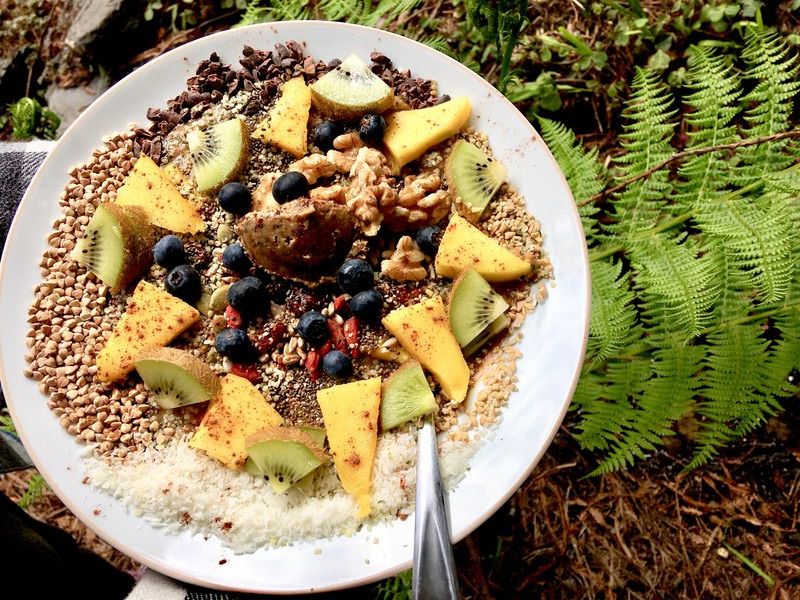

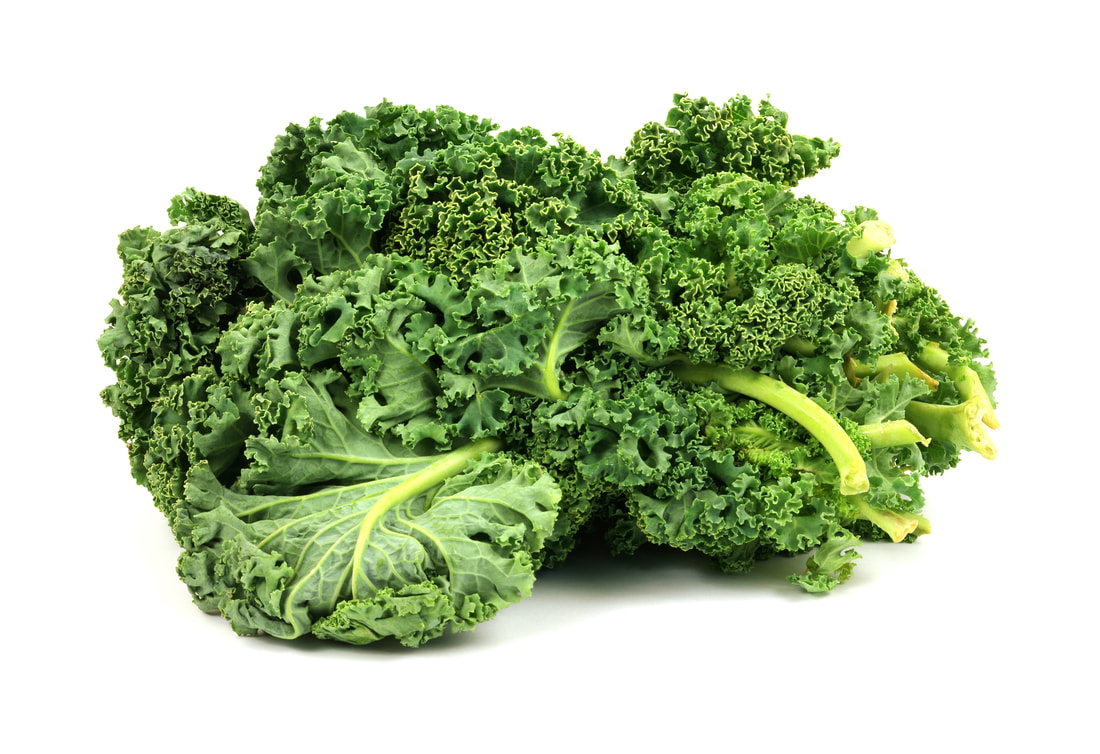
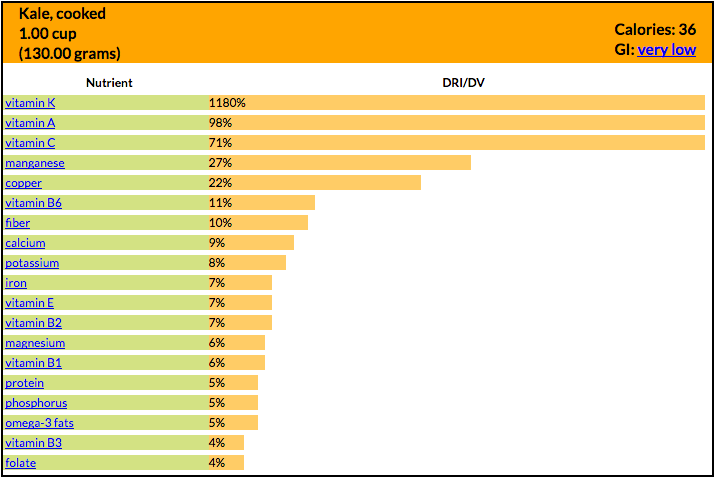
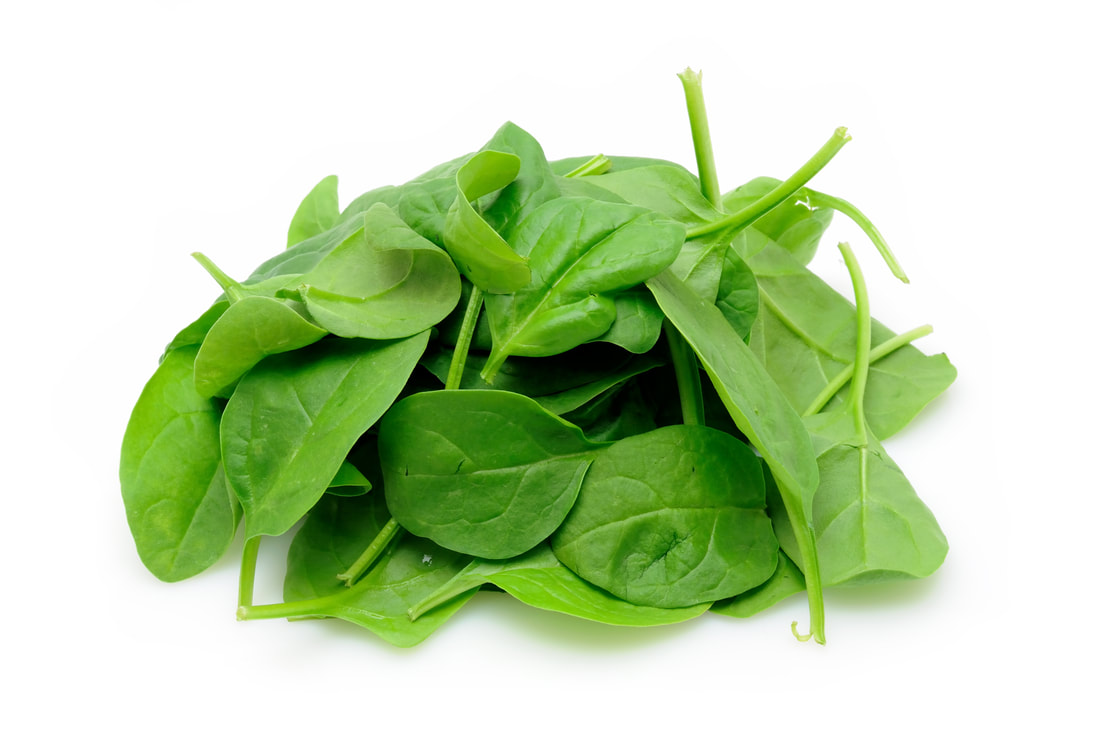
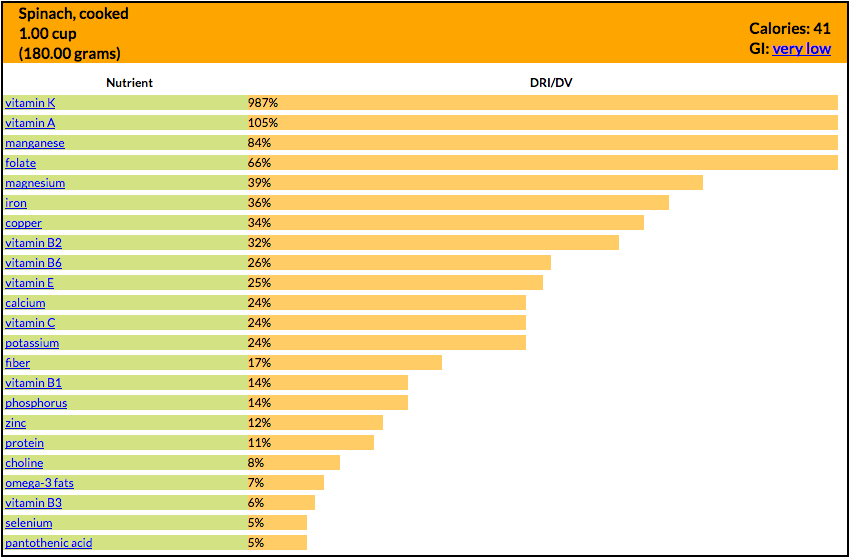
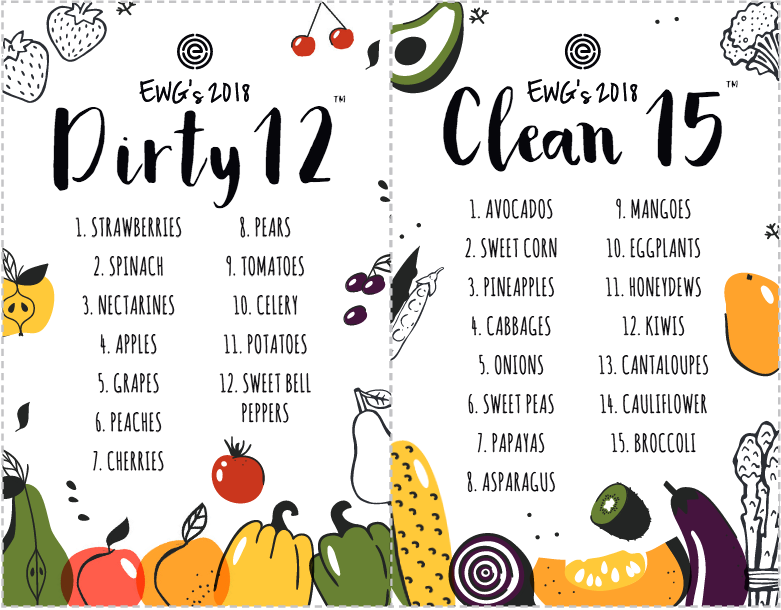
 RSS Feed
RSS Feed

